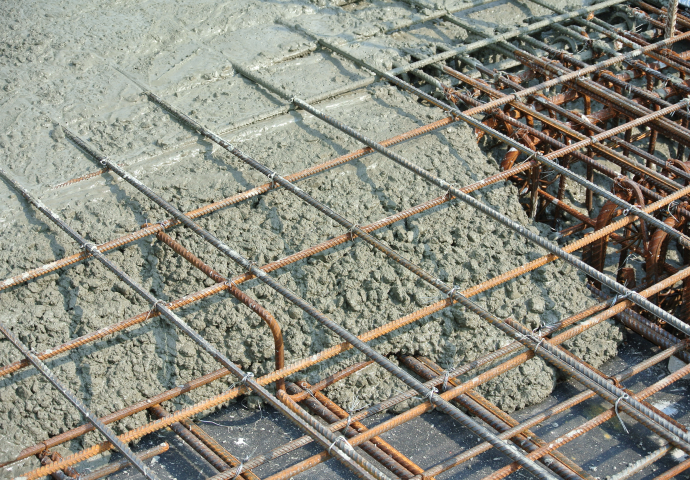1 Introduction
The main objective of structural engineering is to design structures that are safe, cost-effective, and functional. Hence, one of the tasks of structural engineers is to size all members of the structure such as beams, columns and slabs so that the resulting structure is
- safe – the capacity of the members is greater than the maximum loads it will carry
- cost-effective – in the case of reinforced concrete structures, there is a balance between the quantities of concrete and steel reinforcement that will make the total cost as small as possible; in the case of structural steel structures, the steel quantities are as small as possible
- functional – serviceability checks such as deflections are within acceptable quantities to ensure comfort of the end users of the structure
However, doing it by hand is a very daunting task. That is why nowadays, structural engineering softwares such as MIDAS Gen are being used almost all the time in conjunction with manual computations. Structural engineering softwares can determine member forces, stresses and displacements, and even design and size the members according to selected structural/building codes, all at blazing speeds depending on the complexity of the structure.
However, the use of softwares is a chicken-or-egg problem. For one, softwares are used to determine the appropriate sizes of the members based on the given loads. However, for the software to properly calculate the loads, it requires the sizes of the members which are the very thing that we are seeking for. This leads to a iterative process of sizing, analyzing and sizing again, which can be a time-consuming process.
Hence, in order to make the process as less iterative as possible, the initial sizes of the members in the analysis must be as close to the required sizes as possible. This is where rules of thumb come in, which are quick formulas that were developed from theoretical simplifications and years and decades of practical experience of structural engineers from previous projects. The sizes obtained from the rules of thumb may or may not be the final results that will be implemented in the drawings. However, the use of rules of thumb allow the structural engineers to quickly visualize the sizes of the members when a software is not available, giving him/her the ability to initially evaluate the members for feasibility.
In this article, we will be talking about some rules of thumb that I personally use during my more than four (4) years of structural engineering practice and counting as of this writing. These rules of thumb are accompanied with sources in which they are taken. For brevity, we will only focus on the three most important members in a reinforced concrete structure: beams, columns and slabs. Each rule of thumb will also have examples to show its usage.
At this point, it is important to reiterate that the results of rules of thumb may or may not be the final results that will be used in the drawings and during construction. It should not be immediately construed as “for implementation”. Make sure to use softwares to check whether these results are indeed final or must be revised.
2 Some conversion factors
This article will use SI units, unless otherwise stated. However, for people who use English units, the following conversion factors are given.
- 1 in = 25.4 mm
- 1 ft = 0.3048 m
- 1 psi = 6.89475729 kPa
- 1 kip = 4.44822162 kN
- 1 kip-ft = 1.35582 kN-m
- 1 lb/ft = 1.48816394 kg/m
3 Rules of thumb for reinforced concrete structures
3.1 One-way concrete slabs
According to ACI 318-19 Section 7.3.1.1, we have the following minimum thicknesses for one-way slabs so that deflections need not be checked, unless the slab carries sensitive partitions and other non-structural members that are likely to be damaged by large deflections.




3.2 Two-way concrete slabs
According to ACI 318-19 Section 7.3.1.1, we have the following minimum thicknesses for one-way slabs so that deflections need not be checked, unless the slab carries sensitive partitions and other non-structural members that are likely to be damaged by large deflections.
. Conclusion

Jaydee N. Lucero is a Senior Structural Engineer I at Abinales Associates Engineers Consultants, where he brings over four years of experience in structural design and review. He's also a dedicated educator, having taught various mathematics and civil engineering subjects, and is an author of two books on calculator techniques. His achievements include a first-place finish in the November 2018 Civil Engineering Licensure Examination and a magna cum laude degree from the University of the Philippines Diliman.
※ Click on the keywords below 'Topics' to view related content.







